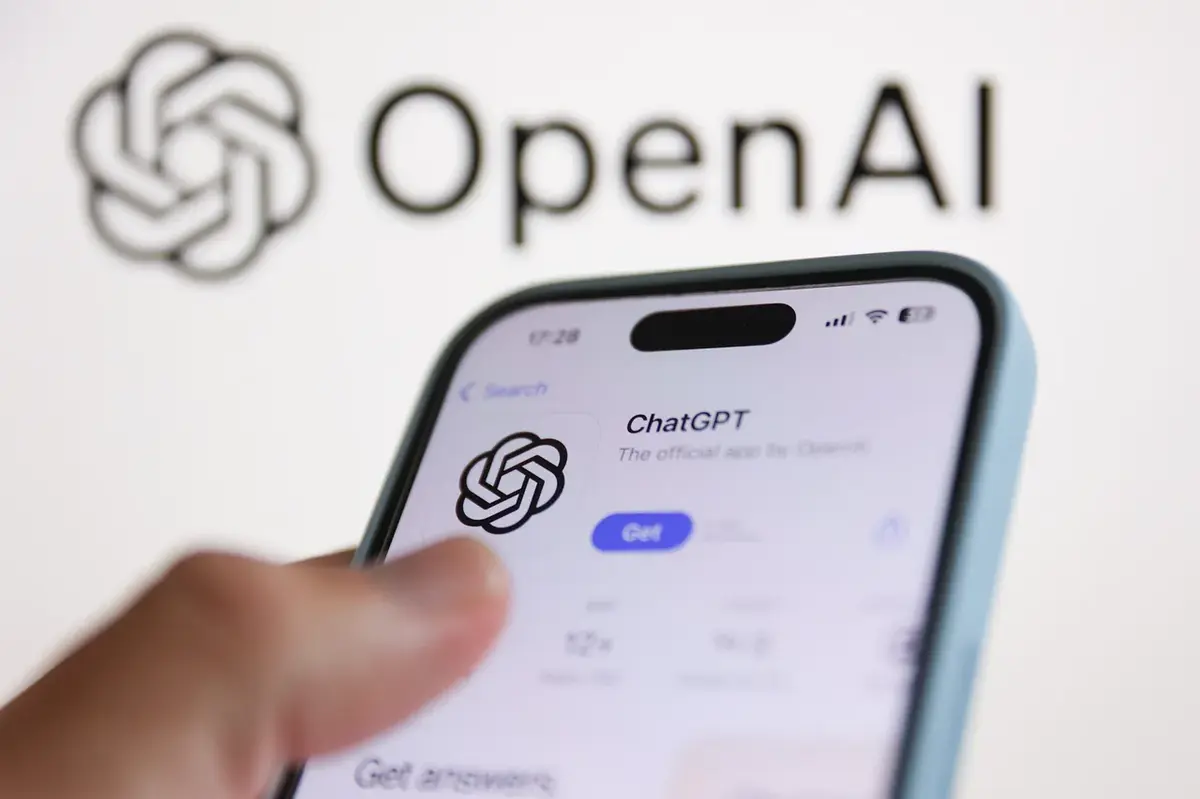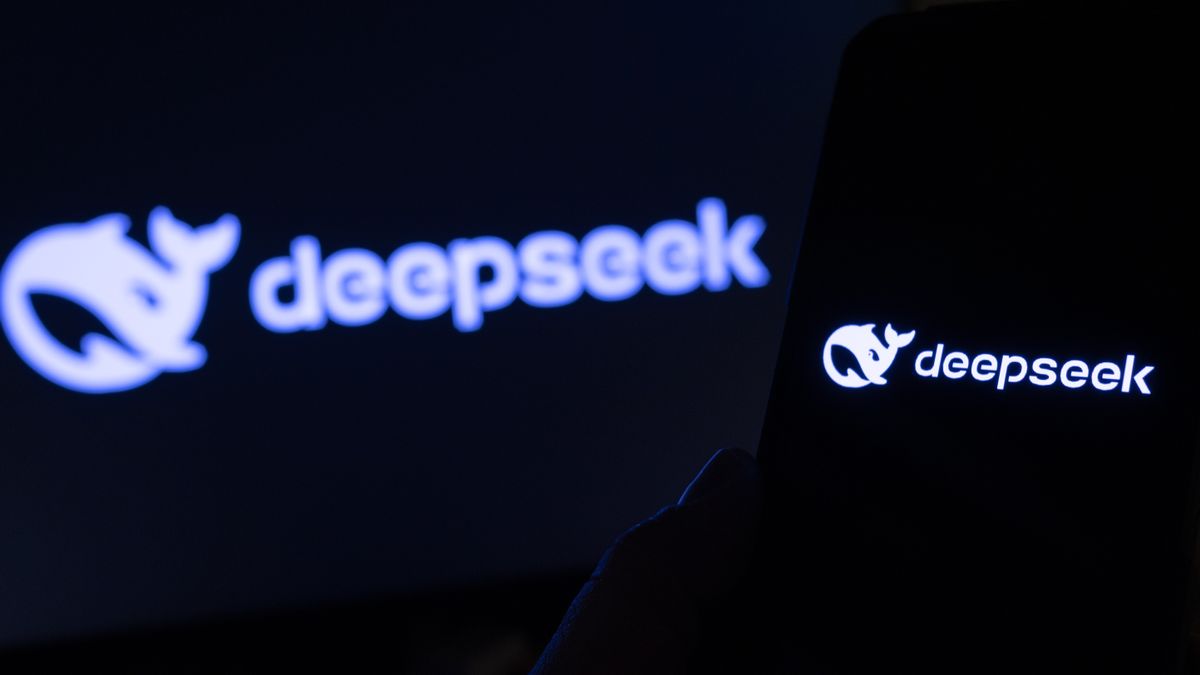xAI has launched Grok Imagine, a powerful new AI tool that lets users generate realistic videos and images from simple text or photo prompts. Released on August 4, 2025, and now available to all SuperGrok and Premium+ users on iOS, the tool allows the creation of 15-second videos with native audio. An Android version is expected soon.
Grok Imagine offers high daily generation limits — up to 500 videos for top-tier users — far surpassing competitors like Google’s Veo 3 and OpenAI’s Sora. With fast rendering, cinematic quality, and fewer restrictions, the tool aims to make advanced generative video accessible to a wider audience.
However, experts are warning that this accessibility comes with serious risks.
A recent viral AI video — created using similar technology — showed an adult and a baby performing impossible stunts, with no visible signs it was fake. This kind of hyper-realism is now within easy reach thanks to Grok Imagine, prompting fears about misinformation and deepfake abuse.
“Tools like Grok Imagine, with minimal restrictions, make it easy to create convincing fakes that can sway opinions,” said Julia Smakman of the Ada Lovelace Institute.
Grok includes watermarks like xAI’s SynthID, but these can often be cropped or removed, especially on social media. Users have already voiced concern on X (formerly Twitter), with one post reading: “You can generate news clips now — what’s even real?”
Adding to the controversy is Grok’s “spicy mode,” which allows the creation of semi-nude or mature-themed content. While fully explicit material is filtered, the mode increases the risk of misuse, especially when paired with the ability to generate public figures. Experts warn this could be used to produce misleading or harmful political content.
A June 2025 investigation by TIME found that Google’s Veo 3 could be used to generate fake election-related videos. Grok Imagine, with higher output limits and fewer barriers, could amplify those risks.
As xAI continues its rapid rollout, researchers are calling for stronger safeguards, content detection tools, and public education to help users navigate this new media landscape.














